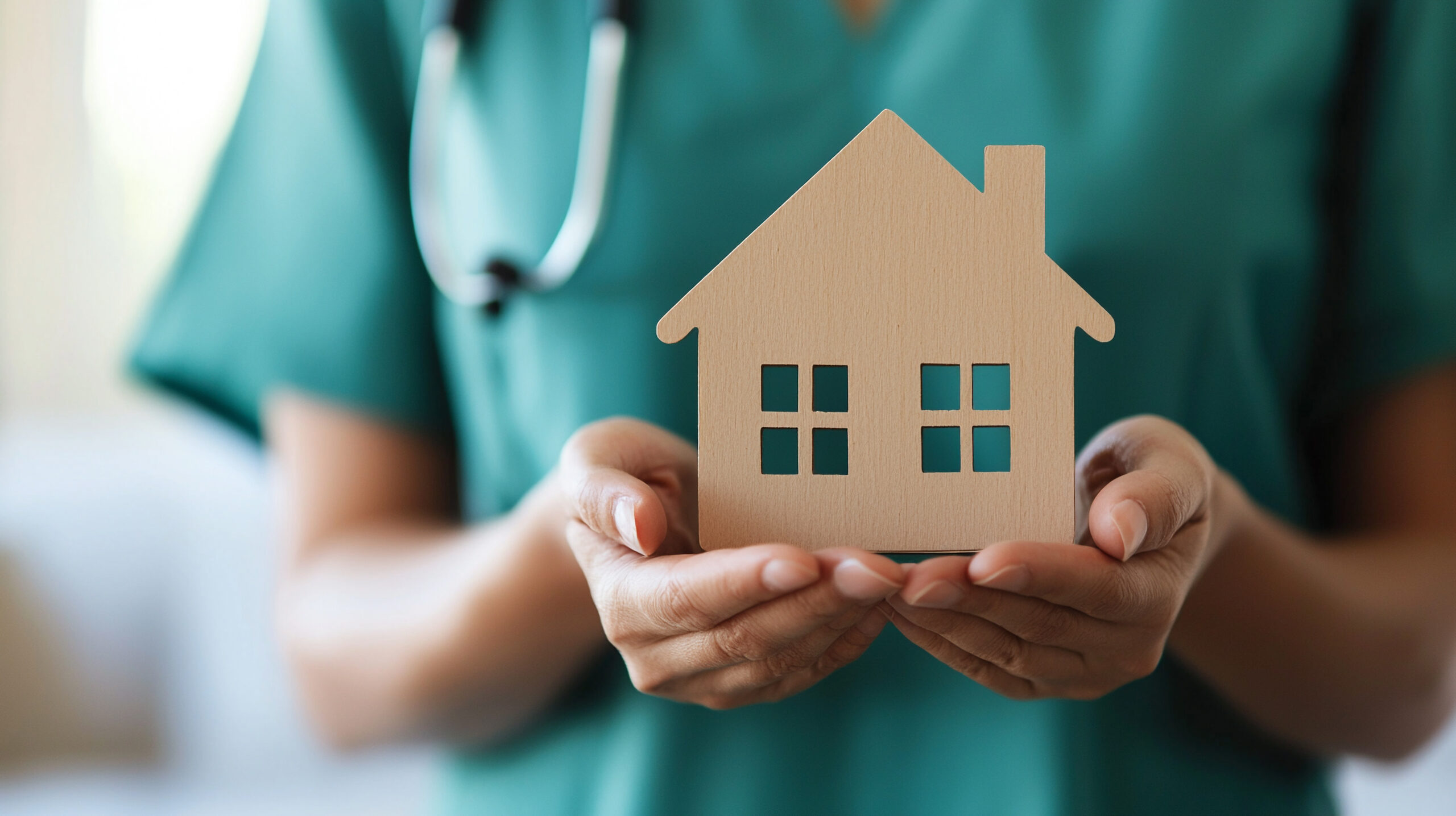In today’s real estate world, we’re witnessing a major shift—not just in how homes are built, but in why they’re being built the way they are. It’s not enough anymore for a residential development to have four walls, a nice kitchen, and a solid location. People want more—specifically, they want to feel better in the places they call home. Wellness, once a buzzword in spas and gyms, has now moved front and center in the real estate space. And that’s a good thing.
From Square Footage to Quality of Life
Years ago, homebuyers were primarily concerned with square footage, number of bedrooms, and perhaps the brand of appliances in the kitchen. Today, a growing number of buyers—and renters—are asking deeper questions: Does this building support my mental health? Is there natural light? Can I access green space? How easy is it to unplug from technology and stress?
These are not luxury concerns anymore. They are mainstream needs, and developers who recognize this are setting themselves up for long-term success. The pandemic accelerated our collective understanding of how much our environment impacts our health. We’re now in a time where a gym in the basement isn’t enough. People want integrated wellness built into the very DNA of a property.
What Wellness Looks Like in Practice
So, what exactly does “wellness” mean in a real estate context? It varies, but there are common threads. At the basic level, wellness amenities include things like fitness centers, yoga rooms, walking paths, and spa services. These are certainly valuable, but wellness design now goes far beyond that.
We’re seeing buildings designed with circadian lighting systems that align with the body’s natural rhythms, improving sleep and mental clarity. Developers are prioritizing air purification systems, noise-reducing architecture, and biophilic design—meaning the use of natural elements like wood, water, and greenery to create calming environments.
Outdoor space is also a key component. Rooftop gardens, balconies, and shaded courtyards provide residents with places to connect to nature. In dense urban areas, even a small green space can make a big difference to mental health.
Mental Wellness is Part of the Package
Physical health is just one side of the coin. Increasingly, people are recognizing the role of mental wellness in residential living. Buildings are being constructed with designated quiet zones, libraries, or meditation rooms. Some developments even offer in-house wellness programs—think guided meditation sessions, community events centered around mindfulness, or on-site nutrition coaching.
There’s also a growing emphasis on digital wellness. As we become more connected, we also need to unplug. Developers are starting to design with technology boundaries in mind—integrating “unplug zones” or offering smart home features that help manage screen time and create a healthier balance between online and offline living.
The ROI on Wellness Is Clear
You might think this all sounds expensive—and in some ways, it is. But the return on investment is proving worth it. Properties that prioritize wellness amenities are commanding premium pricing and often enjoy higher occupancy rates and stronger retention. The reason is simple: these buildings don’t just offer a place to live. They offer a lifestyle—and increasingly, that lifestyle is focused on well-being.
From an investment standpoint, wellness-driven development also adds long-term value. Healthy buildings are often more sustainable, energy-efficient, and adaptable to future needs. In many cities, wellness is now a key differentiator in a competitive market.
Why It Matters to Me
As someone who has worked across international real estate markets, I’ve seen firsthand how the idea of “home” is evolving. It’s no longer just about a roof over your head. For many buyers—especially younger generations—it’s about alignment with their values, and one of the top values today is health.
Whether I’m advising on a development project or evaluating a new opportunity, I always consider the wellness component. Does this space make people feel better? Does it support both body and mind? If the answer is no, then it’s a missed opportunity.
I’ve always believed that the best real estate projects are the ones that are deeply human at their core. That’s what wellness is about—recognizing that our homes are not just places we sleep, but the foundation for our daily lives, our health, and our happiness.
Looking Ahead
Wellness amenities are no longer a “nice to have”—they’re a “must-have.” Developers who understand this will be the ones who thrive in the coming decade. As demand grows, the challenge will be to keep innovating. What does the next generation of wellness amenities look like? How do we make them more accessible, more inclusive, and more deeply embedded in the fabric of community?
These are the kinds of questions that excite me, because they point to a more thoughtful, intentional, and human-focused future for real estate. And that’s the kind of future I want to help build.
